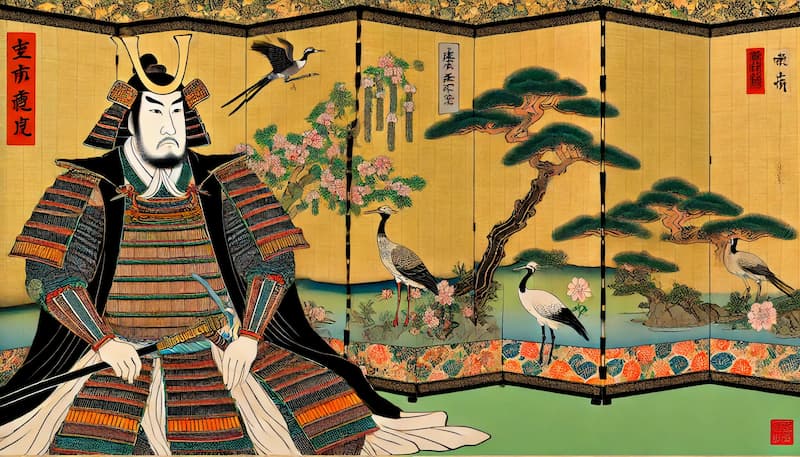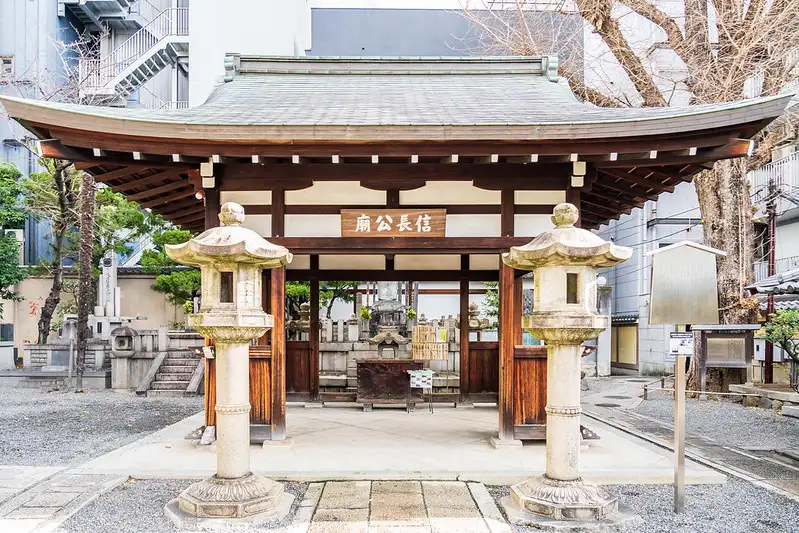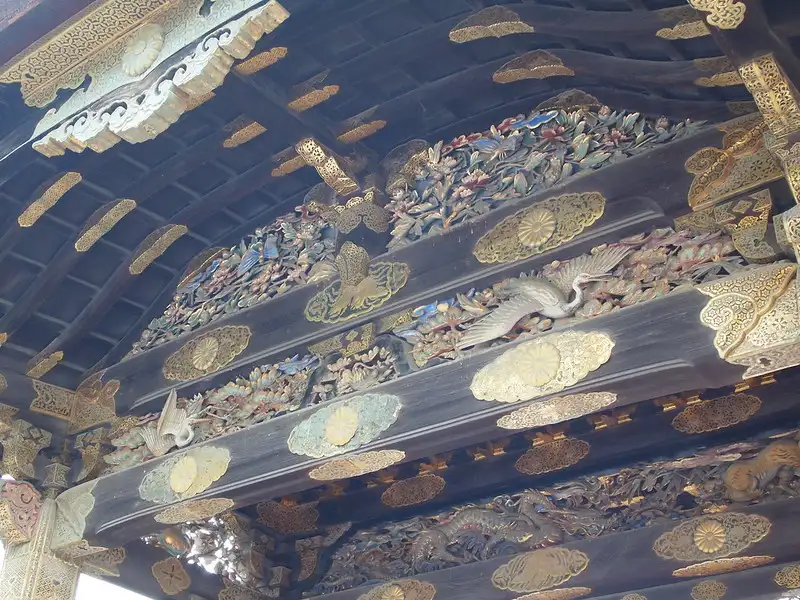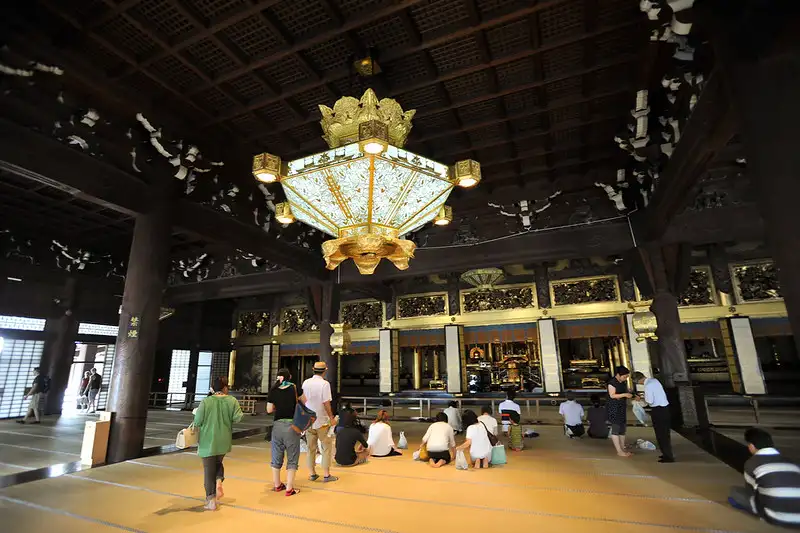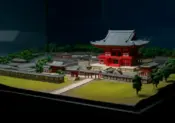Kyoto in the Azuchi-Momoyama Period: A City Reborn(1573-1603)
- 1. Introduction: Kyoto’s Azuchi-Momoyama Period – An Era of Unification and Cultural Transformation
- 2. Oda Nobunaga and Kyoto: Rebirth from the Ashes of War
- 3. Toyotomi Hideyoshi and Kyoto: Unification and Urban Prosperity
- 4. Momoyama Culture: A New Cultural Wave from Kyoto
- 5. The Battle of Sekigahara: The End of the Azuchi-Momoyama Period and the Dawn of the Edo Period
- 6. Conclusion: The Legacy of Kyoto’s Azuchi-Momoyama Period
1. Introduction: Kyoto’s Azuchi-Momoyama Period – An Era of Unification and Cultural Transformation
Get ready to dive into Kyoto’s Azuchi-Momoyama period (1573-1603), a time of dramatic change and renewal. This exciting chapter in Kyoto’s history saw the city rise from the ashes of war, transformed by powerful warlords like Oda Nobunaga and Toyotomi Hideyoshi. We’ll explore how Kyoto became a hub for a vibrant new culture and architectural style, leaving a lasting impact on the city’s landscape and identity.
2. Oda Nobunaga and Kyoto: Rebirth from the Ashes of War
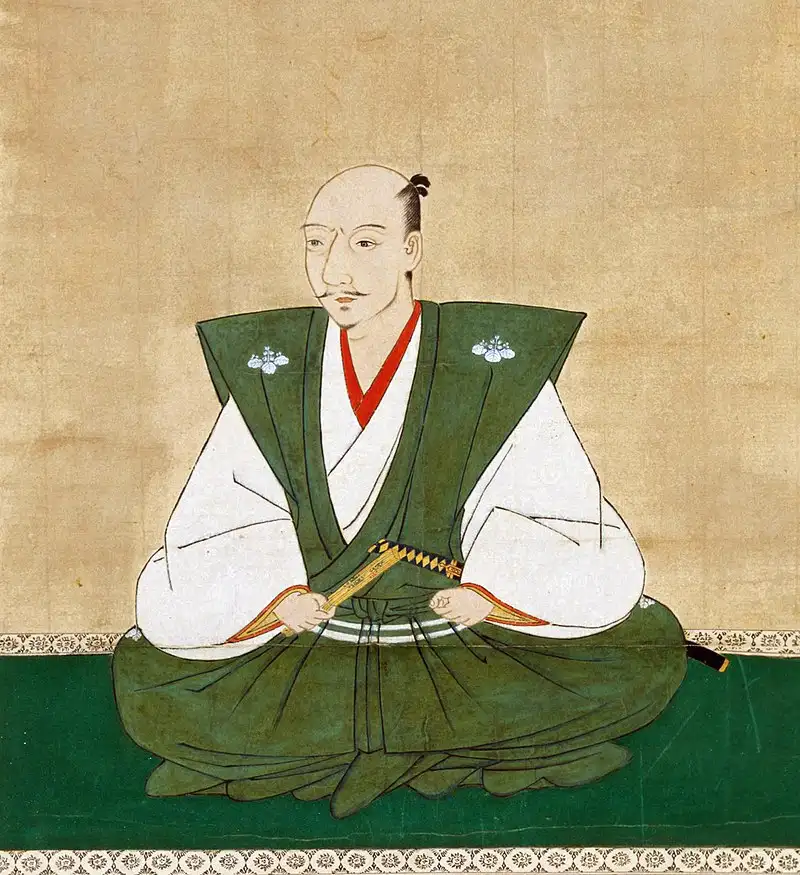
In 1568, Oda Nobunaga, a ruthless and ambitious warlord, marched into Kyoto and effectively ended the Muromachi shogunate. He quickly set about rebuilding the war-torn city, constructing imposing structures like the Odoi (a series of earthen walls and moats) and the magnificent Azuchi Castle on the shores of Lake Biwa. Nobunaga’s vision for Kyoto was one of power and grandeur, reflecting his ambition to unify Japan under his rule.
However, Nobunaga’s reign was cut short in 1582 when he was betrayed and assassinated at Honno-ji Temple. Despite his untimely death, Nobunaga’s impact on Kyoto was profound. He laid the groundwork for the city’s revival and set the stage for the cultural explosion that would follow.
Honno-ji Temple
3. Toyotomi Hideyoshi and Kyoto: Unification and Urban Prosperity
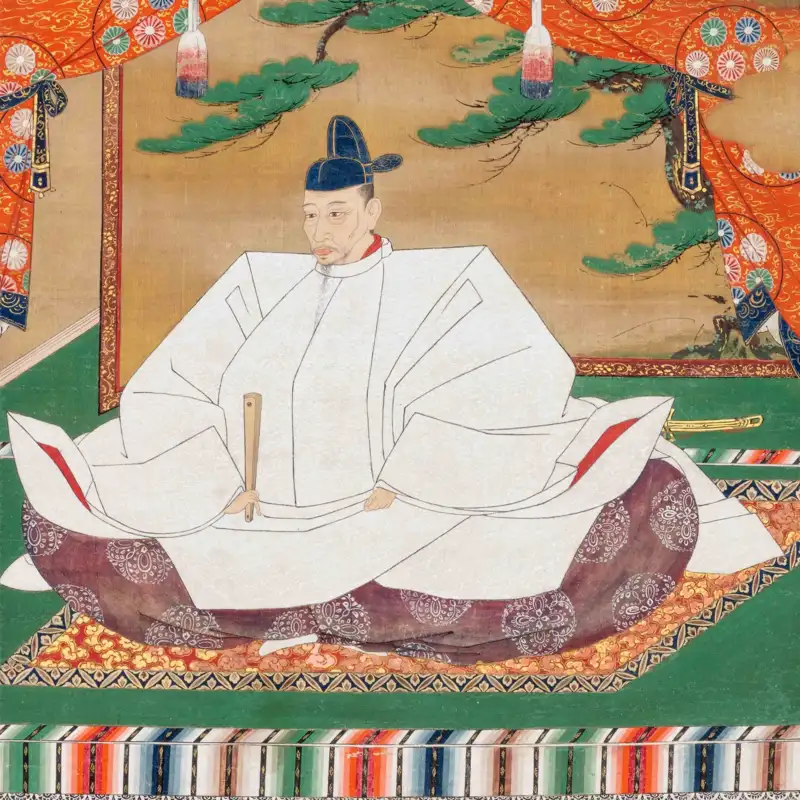
After Nobunaga’s death, his loyal general, Toyotomi Hideyoshi, took the reins of power. Hideyoshi continued Nobunaga’s mission of unification, successfully bringing all of Japan under his control by 1590. To solidify his power and showcase his wealth, Hideyoshi embarked on ambitious construction projects in Kyoto.
He built the Jurakudai, a lavish palace complex that rivaled even the imperial palace in scale and opulence. He also commissioned the construction of the Hoko-ji Temple, which housed a colossal bronze statue of Buddha. These projects, along with the expansion of Fushimi Castle, transformed Kyoto into a bustling metropolis and a symbol of Hideyoshi’s power.
Hideyoshi’s reign also saw the flowering of Momoyama culture, a vibrant and eclectic style that reflected the exuberance and optimism of the era. This new culture was characterized by bold colors, lavish ornamentation, and a love of grandeur.
4. Momoyama Culture: A New Cultural Wave from Kyoto
Momoyama culture was a fusion of traditional Japanese aesthetics with new influences from mainland Asia and Europe. It manifested in various art forms, including painting, sculpture, architecture, and literature.
The architectural style of the period is particularly noteworthy. Buildings like the Nijo Castle, Nishi Hongan-ji Temple, and the Daitoku-ji Temple complex showcase the characteristic features of Momoyama architecture: bold colors, intricate carvings, and the use of gold leaf.
Momoyama culture also had a profound impact on the development of Japanese gardens. The gardens of this period, such as those at the Katsura Imperial Villa and the Sambo-in Temple, are known for their innovative designs and harmonious integration of natural elements.
5. The Battle of Sekigahara: The End of the Azuchi-Momoyama Period and the Dawn of the Edo Period
The Azuchi-Momoyama period came to an abrupt end in 1600 with the Battle of Sekigahara. This decisive battle saw Tokugawa Ieyasu emerge victorious, leading to the establishment of the Tokugawa shogunate and the beginning of the Edo period.
With the transfer of power to Edo (modern-day Tokyo), Kyoto’s political importance diminished. However, the city remained the cultural and spiritual center of Japan, home to the imperial court and numerous temples and shrines.
6. Conclusion: The Legacy of Kyoto’s Azuchi-Momoyama Period
Kyoto’s Azuchi-Momoyama period was a time of great upheaval and transformation. The city was rebuilt from the ashes of war, transformed by ambitious rulers, and became the birthplace of a vibrant new culture. The legacy of this period is still visible today in Kyoto’s architecture, gardens, and traditional arts.
The Azuchi-Momoyama period is a testament to Kyoto’s resilience and its ability to reinvent itself. It’s a reminder that even in times of turmoil, creativity and innovation can flourish, leaving a lasting impact on the world.
>NEXT
Kyoto in the Edo Period: From Political Center to Cultural Capital
